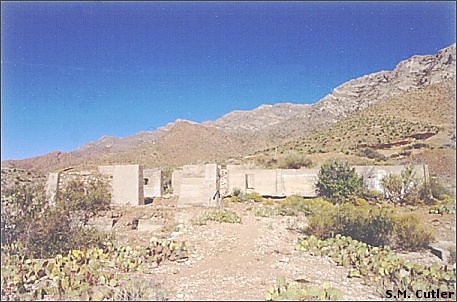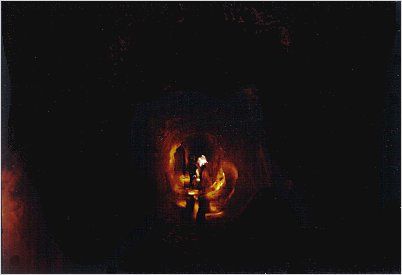

Tin played a major role in the Old World, being an essential part of the metal alloy that we know as bronze. In the New World, the use of tin came into play only after the arrival of Europeans. We all know of the indispensable tin can, mostly of steel covered with a wash of tin to prevent corrosion. What most of us don't know is that cassiterite, the major ore of tin, is rare in the United States and Mexico, and we are reliant on sources in Malaya, Bolivia, Indonesia, Zaire, Thailand, and Nigeria.
One of the few sources in the United States was located in the northern
Chihuahuan Desert, on the eastern side of the Franklin Mountains. These tin mines were
founded in 1909 and worked until 1915. However, during this time span, only 160
100-pound pigs of tin were recovered, and the mines were abandoned as uneconomical. At
least 27 shafts and trenches were dug. Today, these lie within the Franklin Mountains
State Park, presented to visitors as part of our regional history.

Contributor: Arthur H. Harris, Laboratory for Environmental Biology, Centennial Museum, University of Texas at El Paso.
Desert Diary is a joint production of the Centennial Museum and KTEP National Public Radio at the University of Texas at El Paso.

Tin refinery ruins, east side of Franklin Mountains. Photograph by Scott M. Cutler.

Inside one of the tin mine shafts. Photograph by Scott M. Cutler.